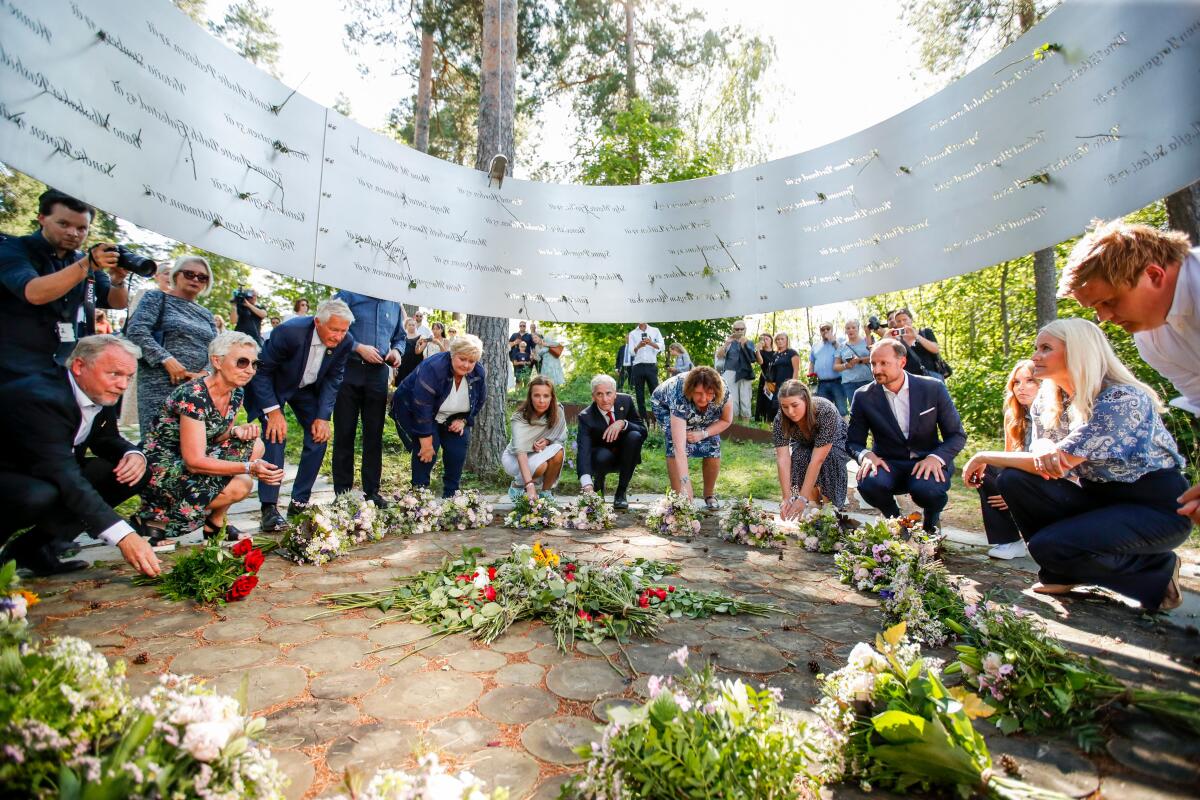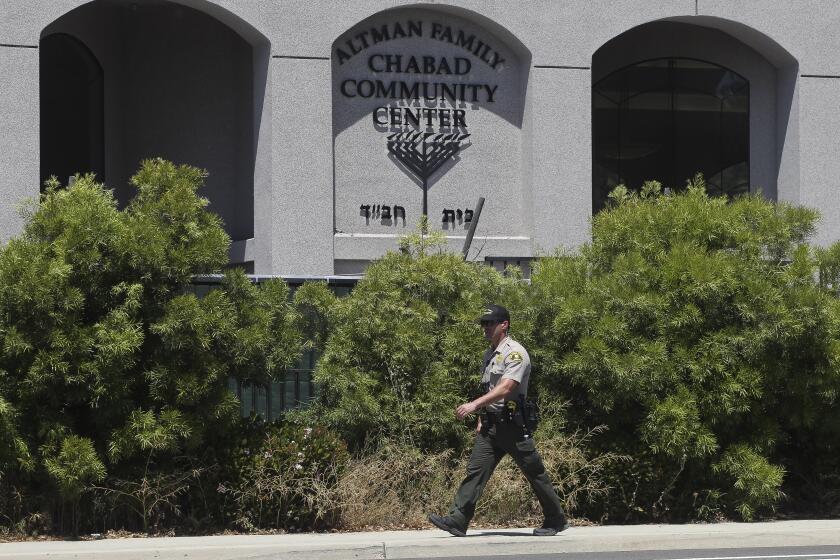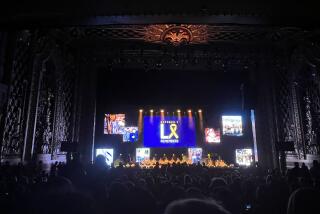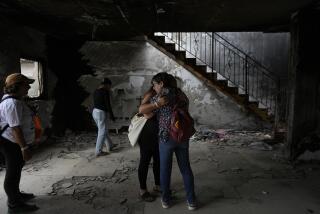10 years later, Norway remembers how ‘one of us’ killed 77 people in terrorist rampage

OSLO — Church bells rang out across Norway on Thursday, marking 10 years since the country’s worst-ever peacetime slaughter as commemoration ceremonies took place throughout the day.
On July 22, 2011, right-wing Christian extremist Anders Behring Breivik set off a bomb in the capital, Oslo, killing eight people, before heading to tiny Utoya island, where he stalked and shot dead 69 people, most of them teenage members of the Labor Party’s youth organization. Breivik was a committed white supremacist filled with hatred of immigrants, particularly Muslims.
Events to remember that tragic day were held around the country, including a service in Oslo Cathedral that ended with the first peal of bells. Thousands of people gathered in the streets outside to mourn the 77 victims.
Arriving on crutches, 84-year-old King Harald took his seat for the service beside Queen Sonja at the front of the cathedral as the country observed a minute’s silence.
Speaking in front of 77 roses arranged into the shape of a heart, Jens Stoltenberg, Norway’s prime minister at the time of the attacks in 2011, told the congregation that “10 years ago we met hatred with love, but the hatred is still there.”
Stoltenberg, currently NATO secretary general, said Breivik was “one of us.”
A former university student has pleaded guilty to killing one Poway synagogue congregant and injuring three others, including a child, in April 2019.
“The perpetrator was a right-wing extremist. He misused Christian symbols. He grew up in our streets, belonged to the same religion and had the same skin color as the majority in this country. He was one of us,” Stoltenberg said.
“But he is not one of us who respect democracy. He is one of those who believe they have the right to kill for their political objectives.”
Around the country, people listened as emotional survivors read aloud the names of the 77 victims at a memorial event broadcast on television.
Some parents of the victims reflected on the way the country coped with the slaughter, and said that “time does not heal all wounds.”
“What would those who were so brutally and unfairly killed think of us now 10 years later?” said Lisbeth Kristine Roeyneland, whose daughter Synne was murdered by Breivik. Roeyneland now runs a national support group for victims and families.
“I think they would be sad to know that there still are survivors and bereaved with great needs,” Roeyneland said. “I think they would be disappointed in seeing the public debate in many ways has moved in the wrong direction. I also think they would be proud of us — proud of how we reacted in the days after the terrorist attack and how our state, under the rule of law, firmly stood its ground in the face of brutality.”
Astrid Hoem, a survivor from Utoya who now leads the AUF, the youth wing of the center-left Labor Party, said that “we have not stopped the hatred” and urged Norway to continue facing up to racism in the country.
“It is so brutal that it can be difficult to fathom,” Hoem said. “But it’s our responsibility to do so, because 10 years on, we must speak the truth. We haven’t stopped the hatred. Far-right extremism is still alive. The terrorist was one of us.”
“I’m fine.” “I’m fine.” “I’m fine.”
She was speaking to a group of mourners, including Crown Prince Haakon, Prime Minister Erna Solberg, survivors and families of the victims.
Solberg said it hurt to think back “on that dark July day” and added: “We must not leave hate unchallenged.”
“The terror attack on the 22nd of July was an attack on our democracy,” Solberg, Norway’s prime minister since 2013, said. “It was a politically motivated terrorist act toward the Labor Party, AUF and their ideas. But it wasn’t just an attack on a political movement. A whole nation was struck. But we rose again. But Norway was changed by an experience which still causes pain.”
At a commemorative event on Utoya, Haakon said Norwegians must work together to resist right-wing extremism.
Start your day right
Sign up for Essential California for the L.A. Times biggest news, features and recommendations in your inbox six days a week.
You may occasionally receive promotional content from the Los Angeles Times.
“It is our personal and collective responsibility to work against these forces every day,” he said.
Small boats studded the water around the island, a reminder of attempts by many local residents to rescue people 10 years ago while Breivik fired into the water at them.
Dignitaries laid flowers at a suspended steel memorial inscribed with the names of the island’s 69 victims.
The flowers have become a symbol of the country’s response to the attacks, when a sea of roses was laid outside Oslo Cathedral in the days after the slaughter.
More to Read
Sign up for Essential California
The most important California stories and recommendations in your inbox every morning.
You may occasionally receive promotional content from the Los Angeles Times.











